Pitching Mechanics: What We Don’t Know
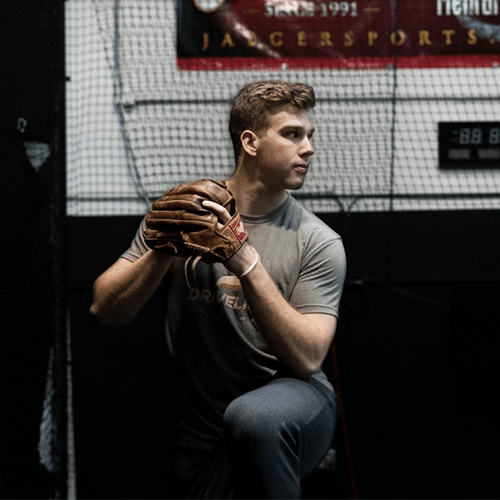
Pitching mechanics are possibly the most hot topic you can talk about in baseball. They are often simplified, for a number of reasons, down to a degree where they can lose meaning.
In this series, we’re going to break down some things that affect pitching mechanics and how we approach “teaching” mechanics, because we don’t see pitching mechanics, or teach them, in the traditional sense.
The first part of the series is simply going to explain some of the things that affect pitching mechanics and that are often neglected because we can’t change them, or we don’t know they exist.
First, we’ll examine research on the differences between right- and left-handed pitchers.
Second, we’ll review other areas that are often neglected when discussing pitching mechanics, because we don’t yet know exactly how these areas affect pitching mechanics.
Additionally, all of these items below affect mechanics and are also things that coaches and players can’t change.
Nothing in this series is an excuse that pitchers can “safely” throw. What we intend to do is point these things out so coaches and players understand the complexity of discussing pitching mechanics.
Right- and Left-Handed Differences
Roughly 10% of the general population is left-handed. However, being left handed is such an advantage in baseball that almost 30% of pitchers are left handed.
Interestingly enough, two peer-reviewed studies have examined whether there were differences in biomechanics, kinematic, and kinetics between different-handed pitchers.
The first study is Throwing Arm Dominance in Collegiate Baseball Pitching: A Biomechanical Study, which looked at 28 left-handed pitchers compared to 28 right-handed pitchers. They were matched for age, height, mass, and ball velocity.
Biomechanical Differences Between Left- And Right-Handed Baseball Pitchers was a replication study that examined 26 right-handers and 26 left-handers. These pitchers were matched by age, height, weight, and ball velocity as well.
Now they both found a variety of differences between right- and left-handed pitchers, but one difference that both studies found stands out. The following quote is from Biomechanical Differences Between Left- and Right-Handed Baseball Pitchers.
“Similar to the findings of Werner et al. (2010), this study showed there was no difference in the internal rotation between the non-dominate and dominate arms of the left-handed pitchers, whereas there was a marked reduction (13 percent) between the dominant and nondominant arms of right-handed pitchers.”
Why is this important?
Because it was replicated, this more strongly indicates that there are some differences between right- and left-handed pitchers that protect left-handed pitchers from losing passive internal rotation after throwing.
A few years ago, this loss of internal rotation, sometimes called GIRD, was thought to be a cause of injury. Now, this is seen as relatively normal, because after throwing, pitchers often lose internal rotation and gain external rotation. (As with all things in science these claims can always change with more information.)
The claim that when pitchers pitch they gain external rotation and lose internal rotation has been well reasoned and fairly well accepted. The idea here is that the body wants to maintain roughly 180 degrees of rotation. It’s now believed that it isn’t a loss of internal rotation that may lead to injury but rather a drastic change in total range of motion that may be injurious.
However, both of these studies found statistically significant differences only in internal rotation of the dominant throwing arm and not in the total range of motion.
“These data confirm Wener et al.;s (2010) results and could possibly indicate that differences in pitching biomechanics between right- and left-handed pitchers may actually be protective from glenohumeral internal rotation deficiency for left-handed pitchers.”
This is unusual when you compare it to a number of studies that show athletes that lose internal rotation but gain external rotation when they throw.
“statistical analysis revealed no significant differences in range of motion side to side.”
Would these differences hold if the above studies were broken into right- and left-handedness? We don’t know.
Passive internal rotation wasn’t the only difference that was found in both studies.
Left-handed pitchers were found to have less horizontal-glenohumeral abduction at foot contact, and they tended to have increased elbow flexion at foot contact.
So, we have passive range-of-motion differences and mechanical differences between right- and left-handed pitchers.
What could be a possible cause for this and what would it mean for training and rehab purposes?
Could the differences stem from mechanical differences, minute structural differences, or a combination of both?
Can Anatomy Be the Reason?
We can hypothesize that there are some anatomical differences that may be contributing factors to these differences. Could these stem from the fact that the body often isn’t perfectly symmetrical?
If we go all the way down to internal anatomy, we see that the heart is often on the left side of the body and that the right side of the diaphragm is more domed shaped because the liver is underneath it. The dome shape usually means that the right side of the diaphragm is stronger. This is because the dome shape makes the diaphragm better positioned to perform its function, helping inflate the lungs and aid in breathing.
PRI classes discuss how these differences often make a person’s left-side rib “flare out” because of these asymmetries. This shifting of the diaphragm can mean that it’s possible to physically breath easier on one side of the body than the other.
This may be noticeable on the baseball field as well. Players often lean into their right hip and “flare” the left side of their ribs.
Aaaaaaaaaaaaaaaaaaand lean to the right.
Is it possible that differences as small as these can be in any way related to the differences found in the above studies? Could those small differences result in other changes in between right- and left-handers that could be the cause of these differences?
Again this is purely hypothetical, but there currently seems to be very little idea on why these differences would occur.
In the end these differences are enough that future studies on pitching should consider dividing pitchers into left- and right-handed groups. There may be certain rehab or training ideas that are much more relevant to players depending on if they are right or left handed.
It’s important to note that these differences between right- and left-handed pitchers is far from all we don’t know about pitchers.
What Else We Don’t Know
For example, we know that angular velocities of the arm are going to change because of arm length, but how does arm length affect velocity, control, or stress on the arm?
We are currently investigating this, and it has led to some interesting questions.
When there are two athletes who have the same arm length but one is 5’ 11” and the other is 6’ 6”, that’s going to change things. But the hows and whys are unknown.
Surely the mechanics in some way would change, but what would constitute a safe difference from an unsafe difference?
We know, anatomically speaking, that there are three different types of acromial structures in the shoulder. The acromial structure is part of the shoulder blade and sits just above the humerus.
How does this affect the arm slot when throwing? How does if affect pitchers who have shoulder problems? Or does it not matter at all?
There can also be slightly different pelvic shapes and different hip-socket shapes.
A pitcher’s ability to complete what a coach wants in the lower half is going to be affected by the shape of his pelvis, shape of his hip socket, length of his leg, and proportion of his femur and lower leg to total leg height.
Not even considering range of motion, consider two pitchers that are 6’ 2” with one having a torso that’s two inches shorter than the other’s. This may affect how a pitcher strides down the mound, his stride length, his ability to “triple-extend,” and his amount of flexion, or lack of, in the front leg when landing.
Where do we draw the line between structural differences, mobility differences, strength differences, and differences from training & practice?
All of these factors are going to change how force is transmitted through the kinetic chain.
It is a little odd that we don’t have even a hint of an idea of what anatomy may do to a pitcher’s mechanics.
Considering in weightlifting, we know that athletes with longer arms have an easier time deadlifting while shorter legs and torsos lead to squatting more weight.
We can take an example from Bret Contreras’s article How Femur Length Affects Squat Mechanics.
Same height but different femur lengths
Pretty different natural squatting mechanics.
If you want to learn more there are two awesome videos on squatting mechanics and body proportions that you can find here and here.
Now, squatting and deadlifting are much more simplistic movements than pitching is. However, the point is that we don’t know how anatomy would change a pitcher’s mechanics for better or worse, but they are obviously going to have an effect.
There is also going to be a sampling effect that we don’t know of. There are going to be anatomical advantages for younger athletes that would encourage them to either continue playing baseball or stop playing.
At a minimum we need to understand that some athletes can better get into certain positions than others, simply because of their bone structure.
These factors are going to affect how we judge a player and his pitching mechanics. We just don’t understand how they do this yet.
Despite this, we can come up with an incomplete list of anatomical-structure related topics that affect a pitcher in a way that we don’t know the effects of:
Anatomy is often neglected but is clearly impactful.
Hopefully one day we will be able to know enough to be able to personalize a program for pitchers to this degree. Until then we can keep researching.
In the end, when we are looking at a group of pitchers, it is probably going to be more beneficial to break them up into right- and left-handed groups to take better note of the differences in their anatomies.
Next Look: Screening
In the next part of this series, we’ll discuss how knowing these anatomical and mobility differences will affect an athlete’s screening process. When it comes to screening athletes, coaches and athletes need to decide what movements are affected by structural issues and what are affected by mobility, stability, or strength issues.
This article was written by Assistant Researcher Michael O’Connell
We don’t know everything, but read about what we do know here, specifically pertaining to how to gain velocity:
https://www.drivelinebaseball.com/category/velocity
Comment section
Add a Comment
You must be logged in to post a comment.
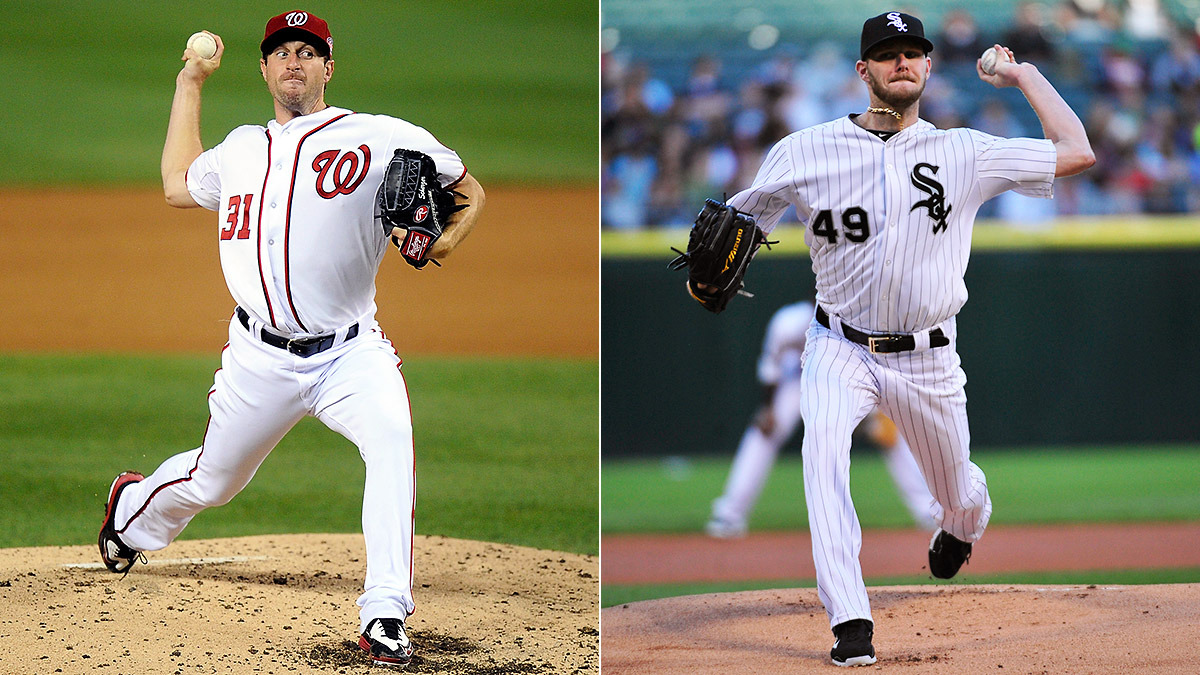

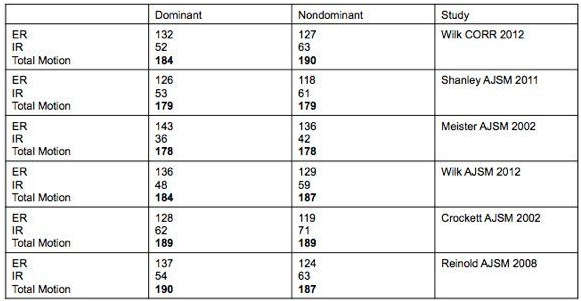
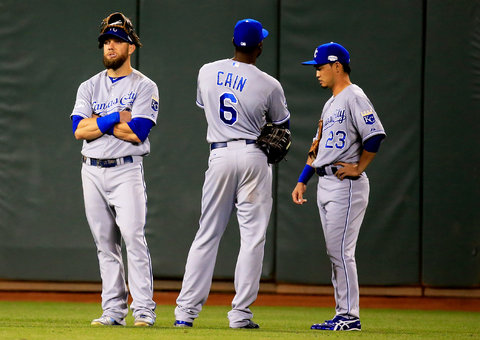
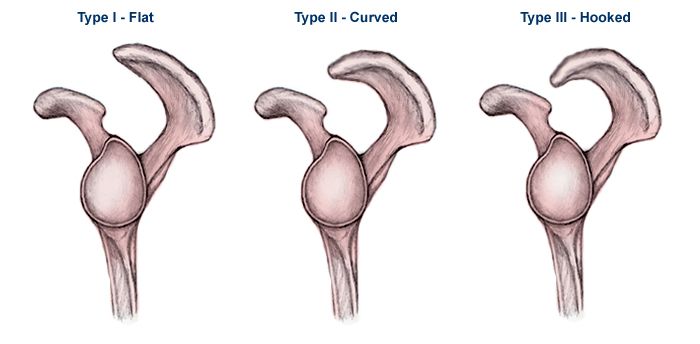
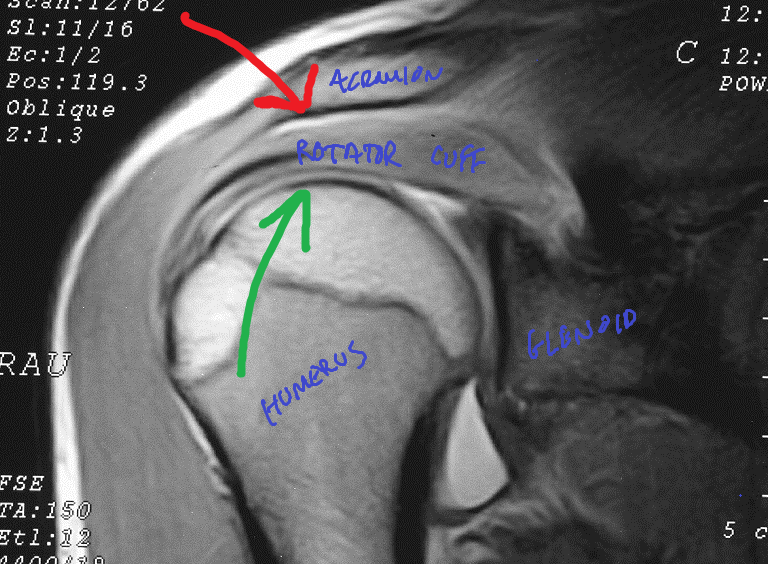
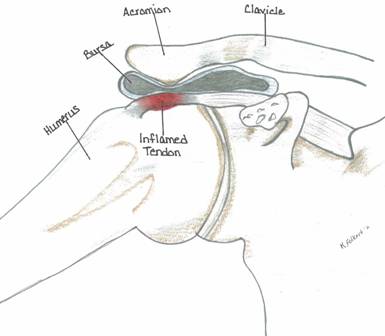

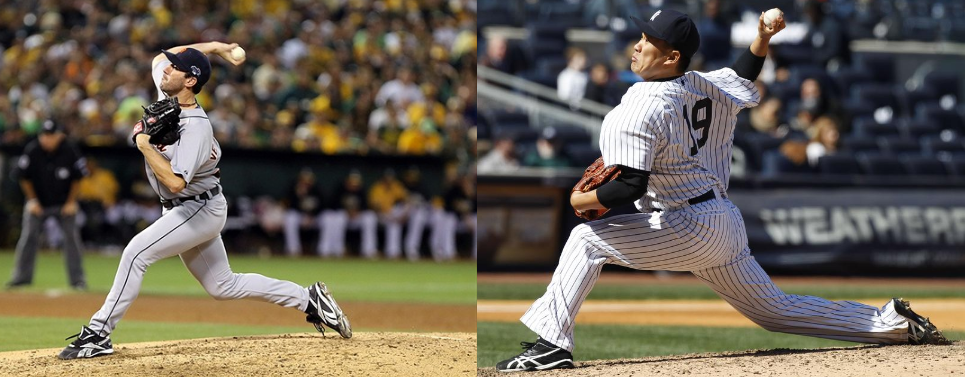
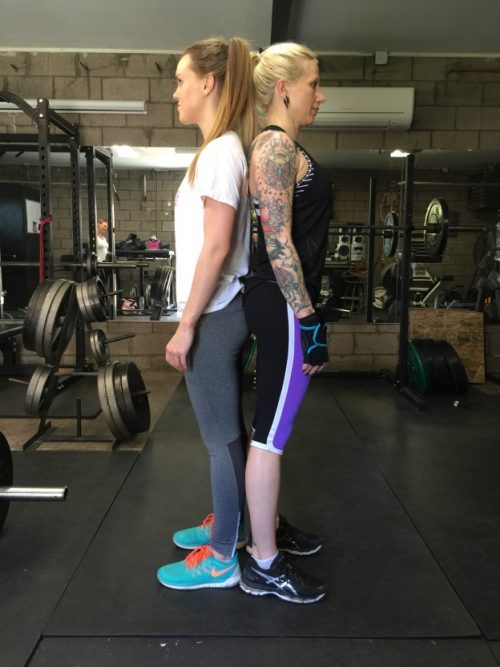
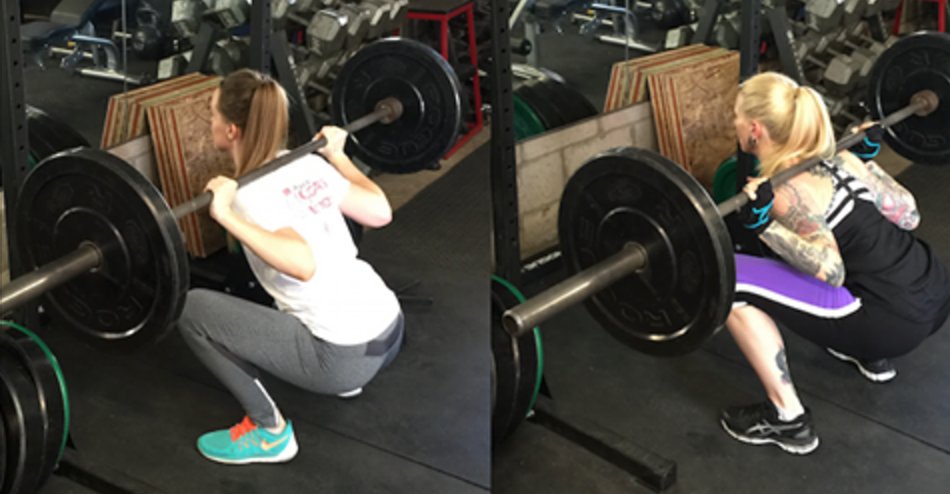
Bullpens, Tracking Elbow Torque, and mStress - Driveline Baseball -
[…] Doesn’t account for anatomical differences […]